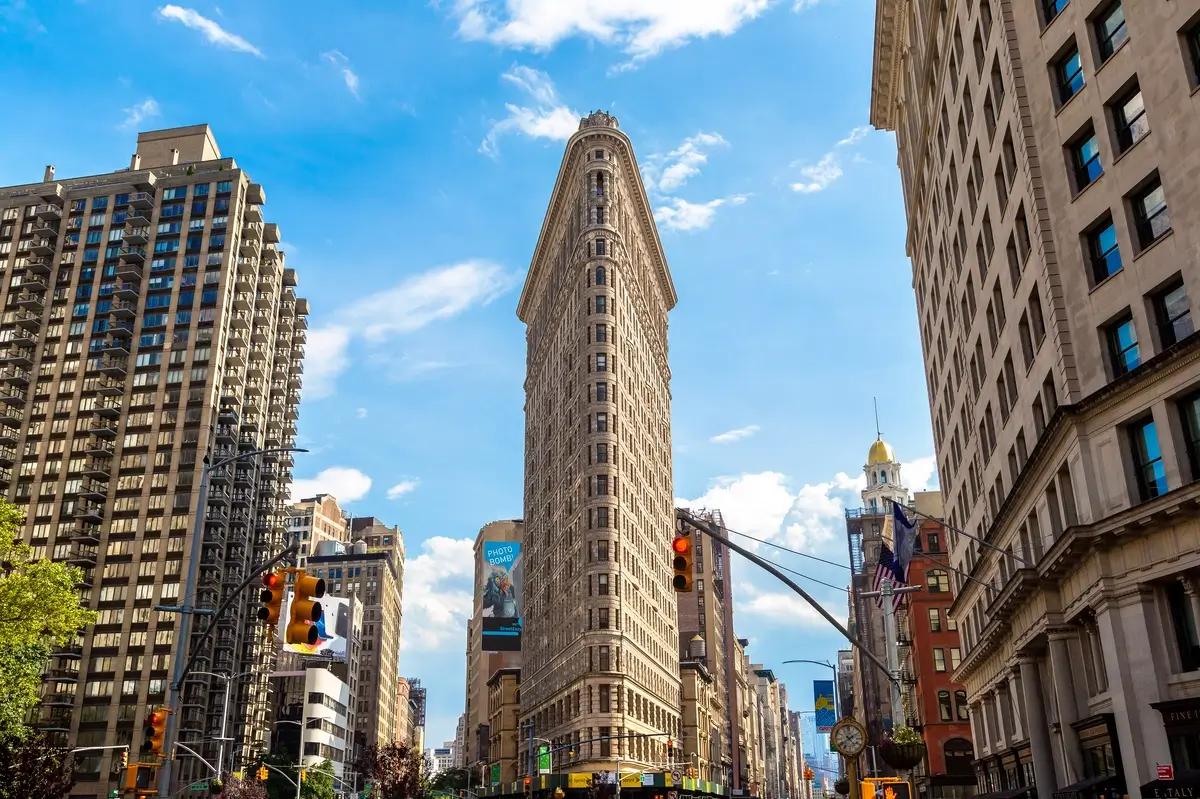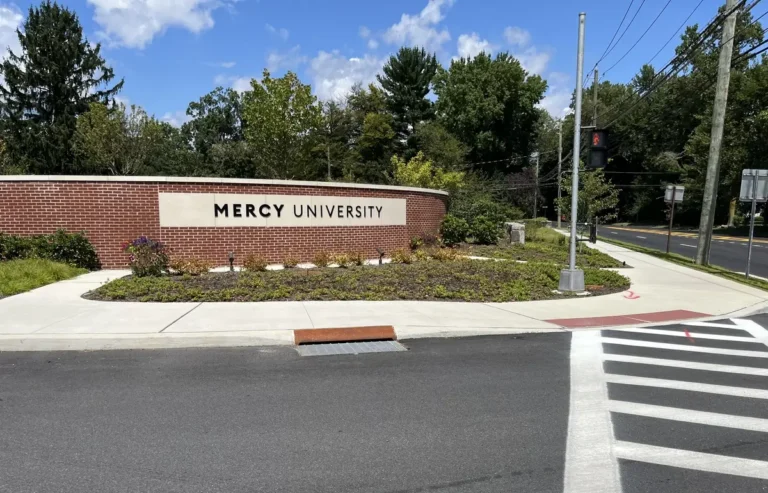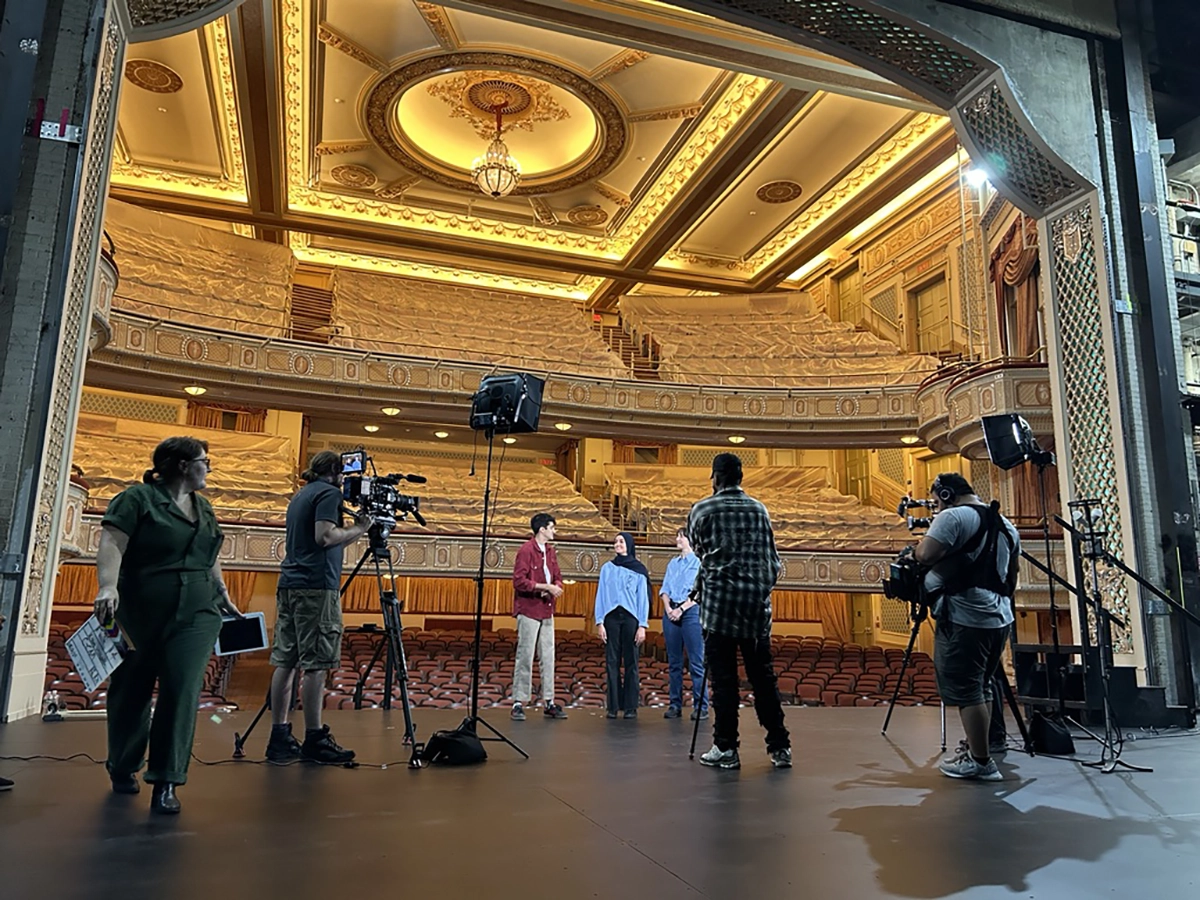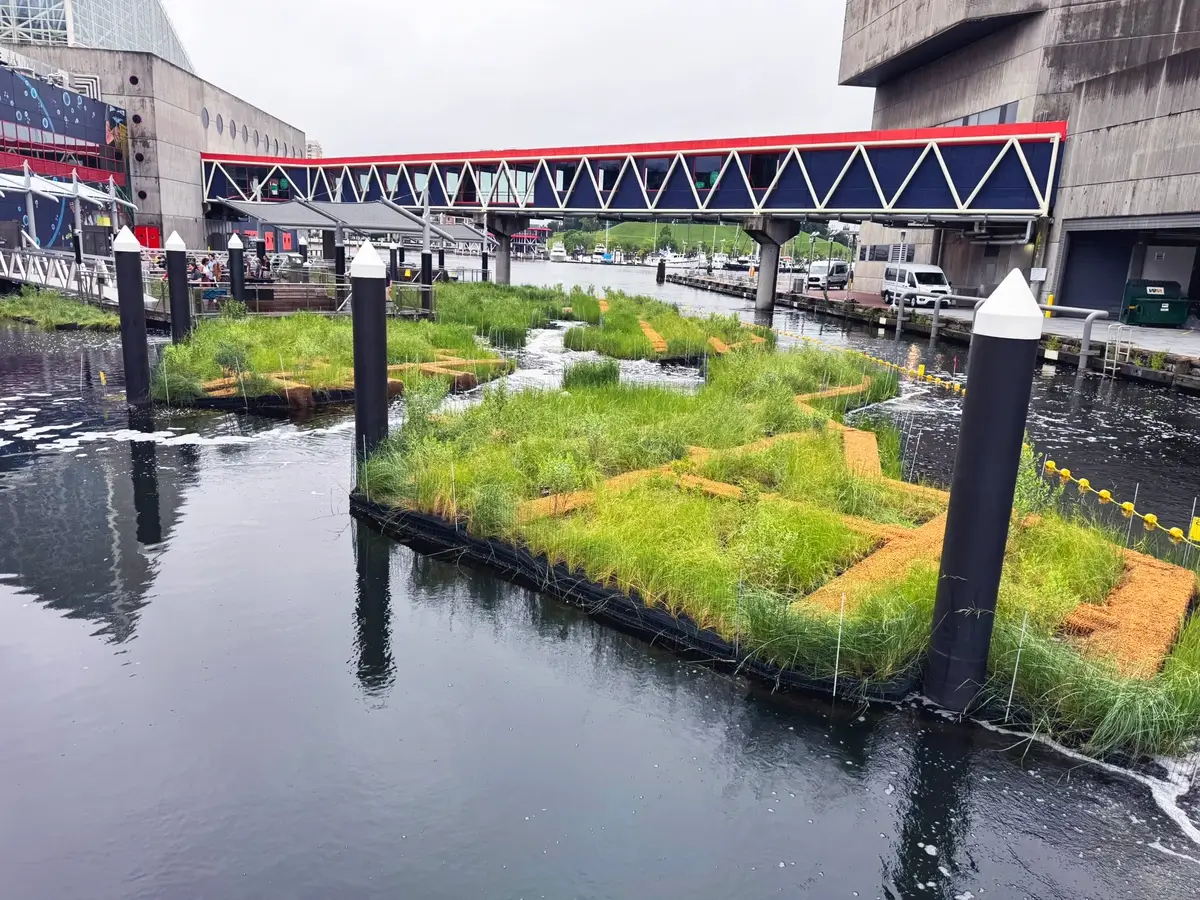After the advent of professional engineering licensing in 1907 and the formation of the American Association of State Highway and Transportation Officials (AASHTO) in 1914, project delivery in transportation evolved from semi-private entrepreneurial development to agency-sponsored design bid-build (DBB) as a baseline.
Alternative delivery (AD) includes a variation from DBB such as design-build (DB), construction manager/general contractor (CMGC), alliance (a New Zealand framework), design assist (an American Institute of Architects commercial organization), and similar options promoted as more collaborative alternatives to the discrete staging and commercial segregation of DBB.
This executive insight reflects the experience and advice from two leading design engineers who have delivered a variety of conventional and alternative delivery projects in the U.S. market over the course of four decades.
Key
Points
- Design engineers must recognize they have the same professional responsibility under alternative delivery (AD) projects as they do under more traditional delivery methods.
- Selection of partners is critical for successful execution of AD projects.
- Collaboration and transparency are key to successful AD teaming.
- Open communication is a must for successful AD project execution.
- Accountability is most important when evaluating innovations related to design. A lesson learned is it is a mistake to assume the originator of the innovation will be accountable for the outcome.
Background
After the advent of professional engineering licensing in 1907 and the formation of the American Association of State Highway and Transportation Officials (AASHTO) in 1914, project delivery in transportation evolved from semi-private entrepreneurial development to agency-sponsored designbid-build (DBB) as a baseline. Alternative delivery (AD) is defined as any one of the variations from DBB, including design-build (DB), construction manager/general contractor (CMGC), alliance (a New Zealand framework), design assist (an American Institute of Architects commercial organization), and similar options promoted as more collaborative alternatives to the discrete staging and commercial segregation
of DBB.
The statutory obligations of professional design engineers have not changed for alternative delivery. The commercial position of design engineers, however, may change considerably, depending on the project organization for AD methods. This Executive Insight reflects the experience and advice from two design engineers who have delivered a variety of conventional and alternative delivery projects in the U.S. market over the course of four decades.
- Posted on:






